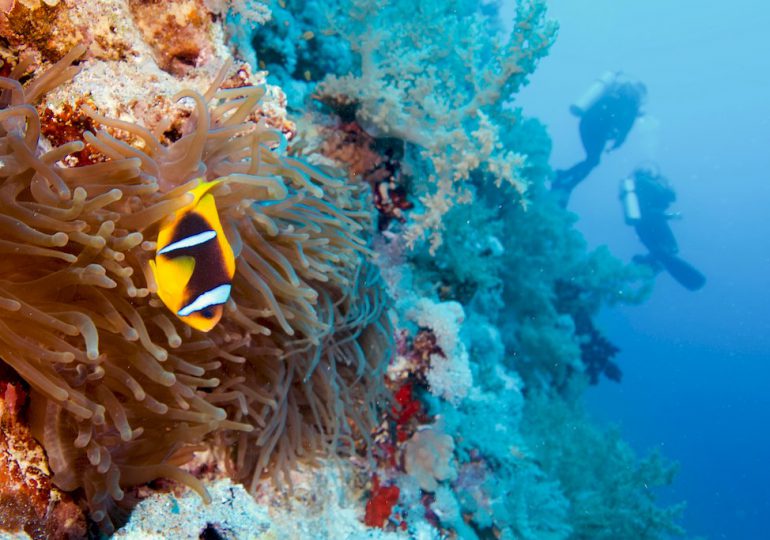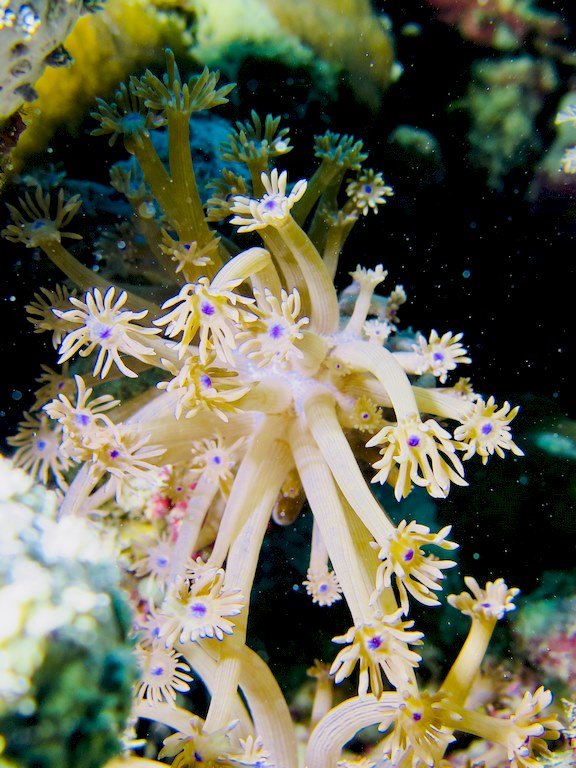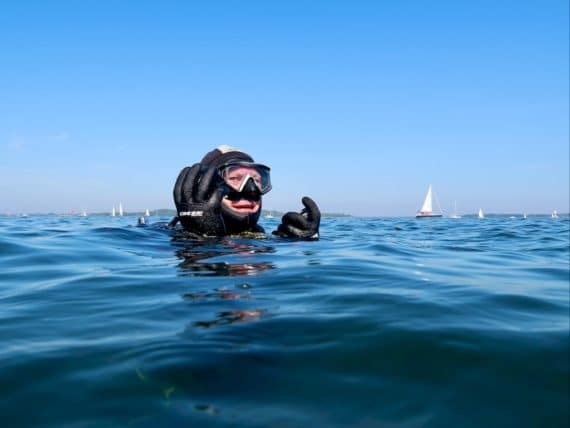Discover the underwater naturalist diving and fall in love

Underwater naturalist diving, we hear about it, we do not necessarily know it well, we even think maybe it’s reserved for a few odd divers who stay there to observe the same zone of 30 cm for an eternity, …
But, what is underwater naturalist diving?
Did you say underwater naturalist ?
There is no really commonly agreed definition of what underwtaer naturalist diving is. It could nevertheless be defined as diving based on the discovery of fauna and flora in order to understand and preserve the underwater world.
Should we train in naturalist diving?
Even if some certification agencies offer training on the identification of underwater life or training for nature, there are also a lot of untrained but very enthusiasts divers about marine ecology.
Indeed, everyone can make underwater naturalist diving. In fact, almost all divers dive without even realizing it: marvel at the colors of corals, observe a clown fish, watch a jellyfish stretch, admire the quiet swimming of a turtle or the graceful movement of the anemones … and want to know more about all this little world once out of the water.
I find myself naturally becoming an underwater naturalist during dives. It happens without conscious effort. I marvel at the vibrant colors of corals. Observing a clownfish or a jellyfish captivates my attention. I’m fascinated by the graceful swimming of turtles and the gentle movements of anemones. Each encounter sparks a desire to learn more about the underwater world.
After surfacing
I’m eager to delve deeper into marine life. Becoming an underwater naturalist is a continuous journey of discovery. I’m drawn to the intricacies of marine ecosystems. Every dive offers new opportunities for observation and learning. As I explore, my appreciation for underwater life deepens. Being an underwater naturalist enriches my dive experiences. It allows me to connect with the ocean on a deeper level. Through observation and study, I gain insight into the delicate balance of marine environments. Ultimately, becoming an underwater naturalist enhances my love for diving and the ocean.
Underwater naturalist diving for whom?
If your dives are made at full speed, marine ecology may not please you.
You have to agree to take the time, to stay cool, to be curious about everything in the environment around you, not to spend your whole dive looking for the hypothetical shark that might be above you, to also be interested in micro algae and other wonderful animal or vegetable creatures that populate the aquatic world, …
Usually, underwater photo addicts are slowly becoming (and sometimes despite themselves) naturalist divers
Where to make underwater naturalist dives?
Everywhere !
This is certainly the good news. All environments are suitable (although some lend themselves better than others): Reef, quarries, gravel pits, seas, oceans, wrecks, … Each immersion allows exploration in an underwater naturalist mode.







Some rules for underwater naturalist dives
- Read books, articles and other wildlife reviews of places where you plan to dive
- Ask questions to the people in charge before immersing yourself: what are the fish and animals that you can cross? Where do they usually come from?
- Dive with Underwater naturalist enthusiasts, it helps 😉
- Master your buoyancy to make sure you do not destroy the object of your observations
- Be patient and calm under the water. Staying still allows the sometimes fearful fauna to approach you. In this way you will have the opportunity to observe it closely.
- Take a camera with you so you can take shots that will allow you, once back on the surface, to learn the names of the fauna and flora that you observed during your dive

You too are lost among cnidarians, sponges, molluscs and other marine species but want to learn more?
Ask questions in a comment below, there will surely be a underwater naturalist enthusiast to answer you
And most importantly, do not forget to be happy
Join my Facebook page for more sharing
Helene







